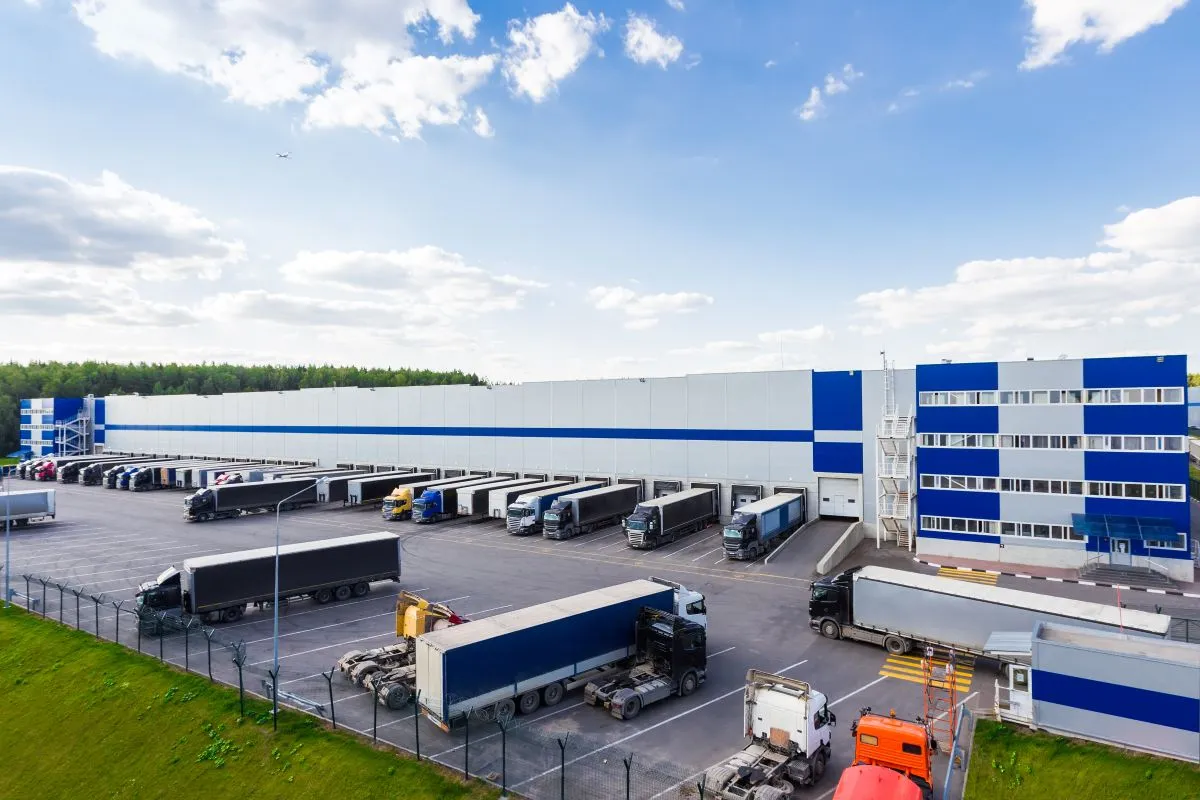Warehousing costs in Europe showed a slight decline in the first quarter of 2025, according to the latest Warehouse Tracker report published by Transport Intelligence (Ti). Despite this modest easing, Europe continues to record the highest overall warehousing costs globally, with key pressure points persisting in rents, energy, and labour.
Ti’s regional warehousing operating cost index for Europe fell to 119.5 in Q1 2025, down from 120.6 in the previous quarter. This marks the first quarterly drop after two consecutive increases. However, the index remains significantly above the Q1 2022 baseline of 100, reflecting ongoing structural inflation in warehouse operations across the continent.
While the operating cost index eased, prime warehouse rents in Europe continued to climb, reaching an index level of 126.3 in Q1 2025. This represents a 2.4-point increase on the previous quarter and places rents more than 26% above the Q1 2022 baseline.
According to the report, the rebound in rents follows a temporary softening in Q3 2024 and is being driven by sustained demand in major logistics hubs such as the Netherlands, Germany, and the UK.
Ti analysts point to a combination of tight supply, high land and development costs, and growing demand for ESG-compliant warehousing as factors supporting this upward trend in rental prices. The report notes that the volatility observed throughout 2022 and 2023 has now stabilised into “a sustained upward trend”.
Labour costs, another key operational driver, have also moderated slightly. Europe’s labour cost index declined to 125.99 in Q1 2025, down from a peak of 130.1 in Q3 2024. Nonetheless, the index remains more than 25% higher than its Q1 2022 baseline. The report attributes this to ongoing competition for warehouse and logistics personnel, especially in constrained labour markets like Germany, the Netherlands, and the UK.
Meanwhile, energy costs for warehousing operations in Europe rose to their highest level since Q1 2023, climbing to 110.08. This follows a period of mild decline during 2023 and signals renewed pressure on operating costs. Ti highlights geopolitical supply disruptions, increased energy demand, and fluctuations in wholesale electricity and gas pricing as the key factors behind the rise. Although energy costs remain below their Q4 2022 peak of 116.56, volatility continues to pose a challenge for operators across the region.
Taken together, the data suggests that while some cost pressures are easing, underlying inflationary forces (particularly in rents and energy) remain a concern for the warehousing sector in Europe.
In case you missed it: Haulier with 158 years of history destroyed by cyberattack









